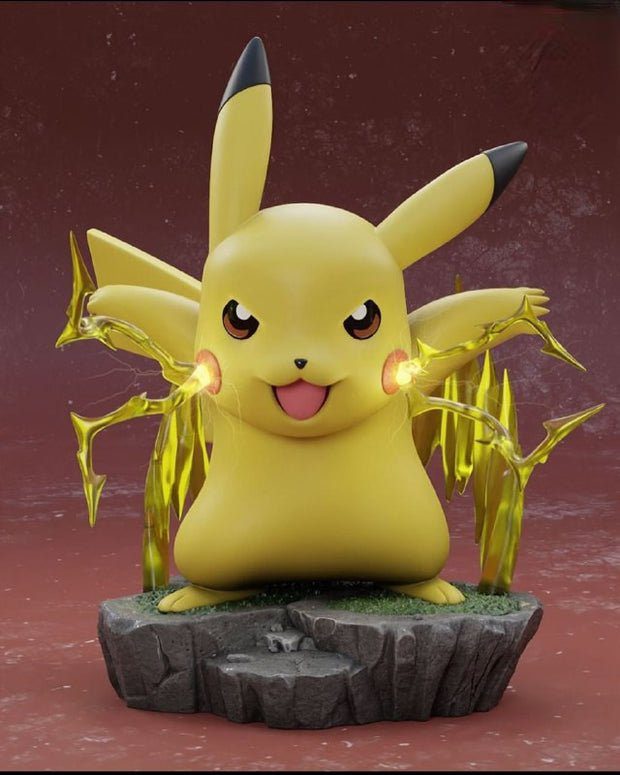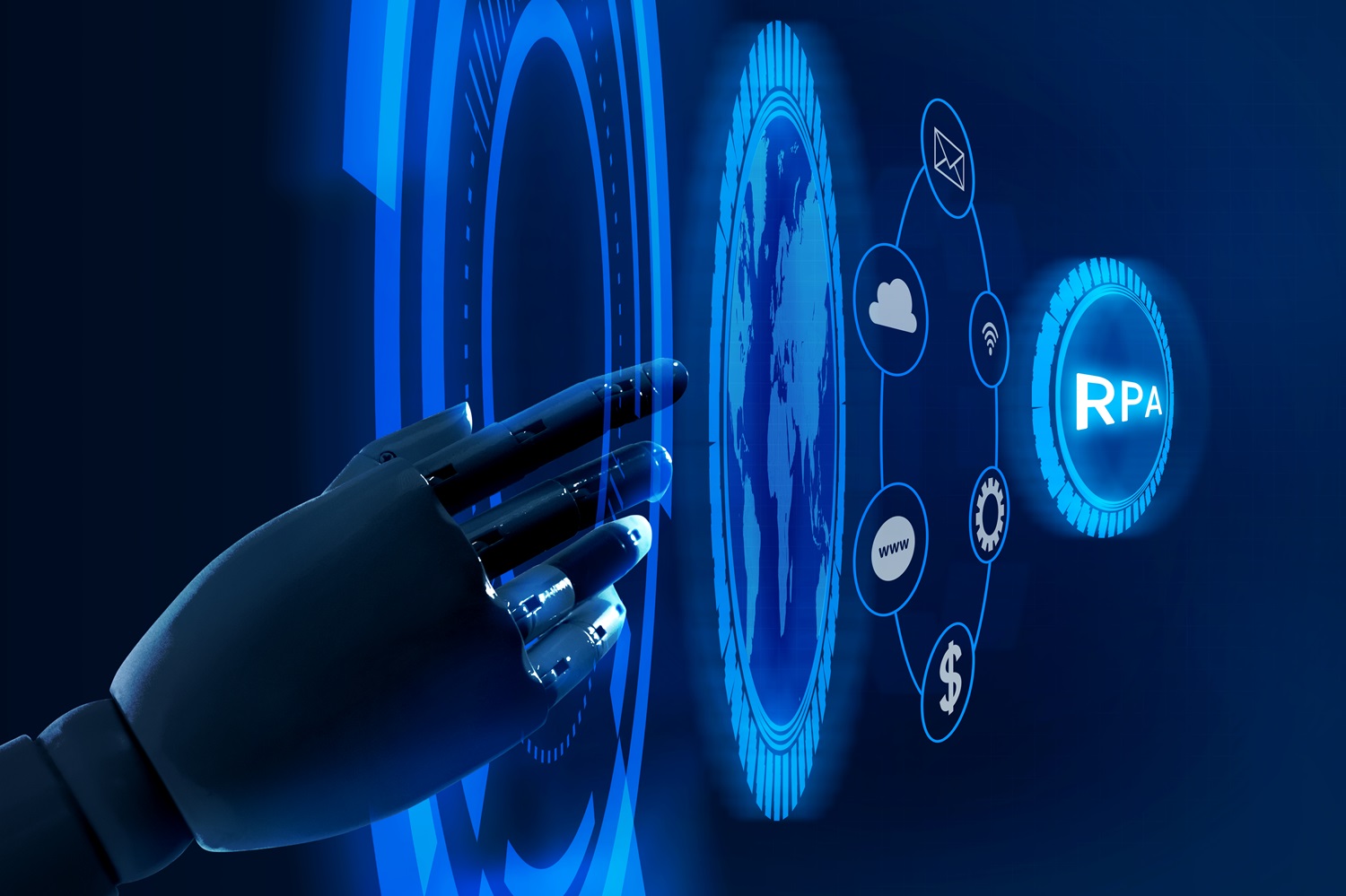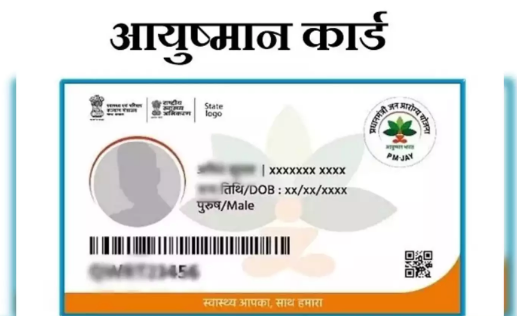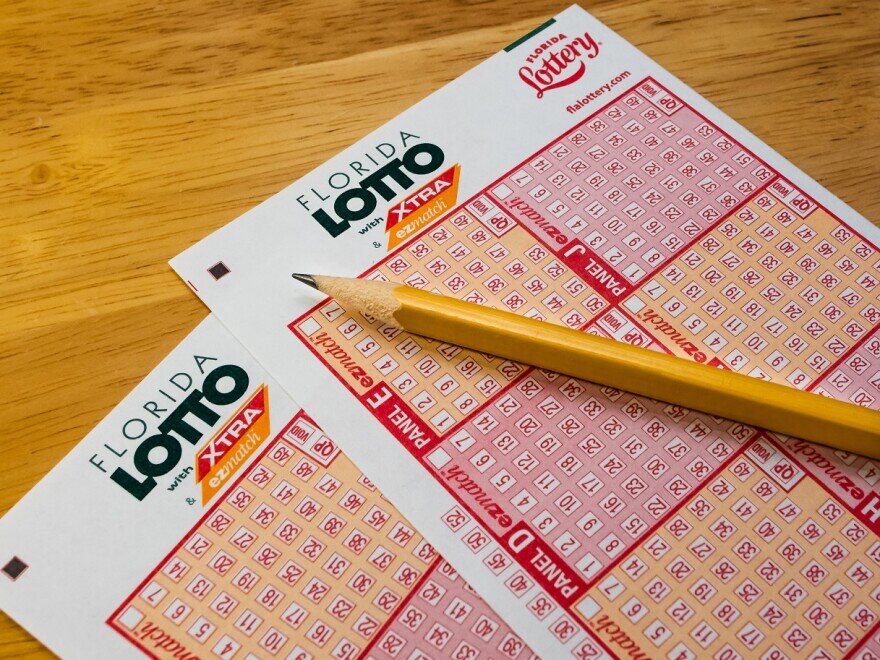Pikachu, the electrifying and iconic Pokémon, has become a global symbol of the Pokémon franchise. Introduced as one of the original 151 Pokémon in the first generation, Pikachu has captured the hearts of millions with its adorable appearance, unique abilities, and its central role in the Pokémon animated series and video games. This Electric-type Pokémon, known for its yellow fur, pointy ears, and signature thunderbolt-shaped tail, has left an indelible mark on pop culture since its debut.
Origin and Design:
Pikachu was created by Ken Sugimori and first appeared in Pokémon Red and Green, the original Pokémon games released in Japan in 1996. The name “Pikachu” is derived from a combination of two Japanese onomatopoeic sounds: “pika,” which is the sound an electric spark makes, and “chu,” the sound a mouse makes. This clever fusion of words perfectly encapsulates Pikachu’s Electric-type attributes and rodent-like appearance.
The design of Pikachu is both simple and effective. Its large, expressive eyes and rounded body contribute to its cute and approachable aesthetic. The bright yellow fur not only adds to Pikachu’s charm but also serves as a visual representation of its Electric-type nature. The red circular spots on its plump cheeks are often interpreted as symbols of stored electricity, ready to be unleashed in a powerful attack.
Role in the Pokémon Anime:
Pikachu plays a central role in the Pokémon animated series, where it serves as the primary Pokémon partner of the series’ protagonist, Ash Ketchum. The first episode, aptly titled “Pokémon, I Choose You!” introduces viewers to the dynamic between Ash and Pikachu. Unlike other Pokémon, Pikachu is initially resistant to following Ash’s commands and even delivers electric shocks to express its displeasure. This unique and somewhat challenging relationship sets Pikachu apart and establishes it as a distinctive and memorable character.
As the series progresses, the bond between Ash and Pikachu deepens. Pikachu becomes a symbol of friendship, loyalty, and the unbreakable connection between Pokémon and their trainers. The “Pikachu’s Goodbye” episode further emphasizes the emotional bond between the two, showcasing Pikachu’s reluctance to leave Ash’s side even when given the opportunity to join a group of wild Pikachu.

Electric Abilities:
Being an Electric-type Pokémon, Pikachu possesses a range of electric-themed moves that it can use in battles. One of its signature moves is “Thunderbolt,” a powerful electrical attack that can paralyze opponents. Another notable move is “Quick Attack,” allowing Pikachu to move swiftly and strike before its opponents have a chance to react. Pikachu’s unique skill set has made it a popular choice for both in-game battles and competitive play.
Evolution and Raichu:
Pikachu is the evolved form of Pichu and evolves into Raichu when exposed to a Thunder Stone. However, in the Pokémon animated series, Ash’s Pikachu breaks the traditional evolution pattern by resisting the evolution into Raichu. This decision is driven by Pikachu’s desire to remain with Ash and maintain its unique identity. The introduction of the Alolan Raichu, which evolves from Pikachu when exposed to a Thunder Stone in the Alola region, adds an interesting twist to Pikachu’s evolutionary possibilities.
Cultural Impact:
Beyond the world of Pokémon, Pikachu has transcended its original medium and become a global cultural phenomenon. The character’s widespread recognition extends far beyond avid Pokémon fans. The mascot of the Pokémon franchise, Pikachu has become a symbol of the brand and is often featured in promotional material, merchandise, and events. Its distinctive appearance makes it instantly recognizable, even to those unfamiliar with the intricacies of the Pokémon universe.
Pikachu’s popularity is not limited to Japan or English-speaking countries; it has achieved international acclaim. The character’s image is frequently used in parades, celebrations, and marketing campaigns. In 2019, the release of the live-action film “Pokémon Detective Pikachu” further propelled Pikachu into the mainstream, introducing the character to new audiences and reinforcing its status as a cultural icon.
Merchandising and Collaborations:
Pikachu’s marketability is evident in the vast array of merchandise featuring the character. From plush toys and clothing to school supplies and electronic devices, Pikachu’s image graces an extensive range of products. The character’s marketability has also led to numerous collaborations with major brands. Pikachu has been featured in collaborations with companies such as McDonald’s, Uniqlo, and Adidas, creating limited-edition items that blend the world of Pokémon with contemporary fashion and lifestyle.
Pikachu in Video Games:
In the Pokémon video game series, Pikachu often plays a prominent role. In addition to being a starter Pokémon in several games, Pikachu is also the mascot of the Pokémon Yellow version, where it follows the player character throughout their journey. The inclusion of Pikachu as a playable character in the Super Smash Bros. series further solidifies its status as a gaming icon. The ability for Pikachu to don various hats and costumes in different games adds a playful and customizable element to its character.

Pikachu’s Versatility:
One of the factors contributing to Pikachu’s enduring popularity is its versatility. While it is an Electric-type Pokémon with formidable battle abilities, its approachable design and endearing qualities make it suitable for a diverse audience. Pikachu appeals to both children and adults, whether they are Pokémon enthusiasts or casual fans. Its appearance in the Pokémon anime and movies, along with its role as Ash’s loyal companion, has made it a beloved character for multiple generations of viewers.
Pikachu’s Impact on Language:
The impact of Pikachu on popular culture goes beyond visual representation. The term “Pikachuish” has even been used in linguistics to describe the phenomenon of using Pikachu as a reference point for cuteness. This demonstrates the character’s influence on language and its ability to serve as a universally recognized symbol of adorableness.
Conclusion:
Pikachu’s journey from a creation in the Pokémon games to a global cultural phenomenon is a testament to the enduring appeal of well-designed and lovable characters. Its representation as both a powerful Electric-type Pokémon and a symbol of friendship in the animated series has resonated with audiences worldwide. Pikachu’s ability to bridge the gap between different age groups, cultures, and languages speaks to the universal appeal of its character.
Whether lighting up the screen in animated adventures, sparking joy in the form of merchandise, or electrifying gaming experiences, Pikachu remains a timeless and cherished figure in the world of entertainment. As Pokémon continues to evolve and expand, Pikachu stands as a steadfast symbol of the franchise’s enduring magic and the power of a small, yellow electric mouse to capture the hearts of millions.






